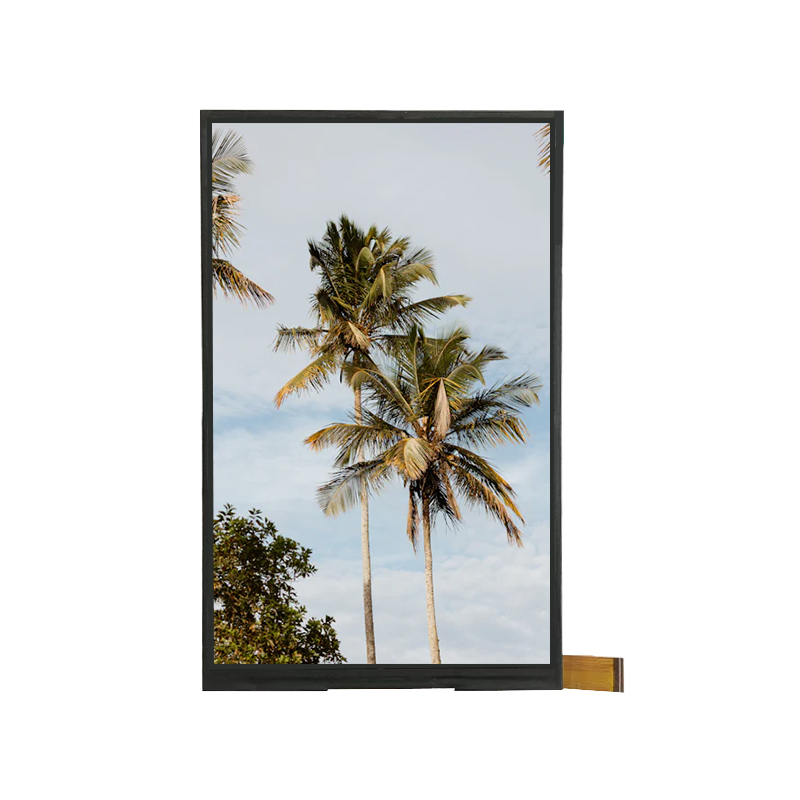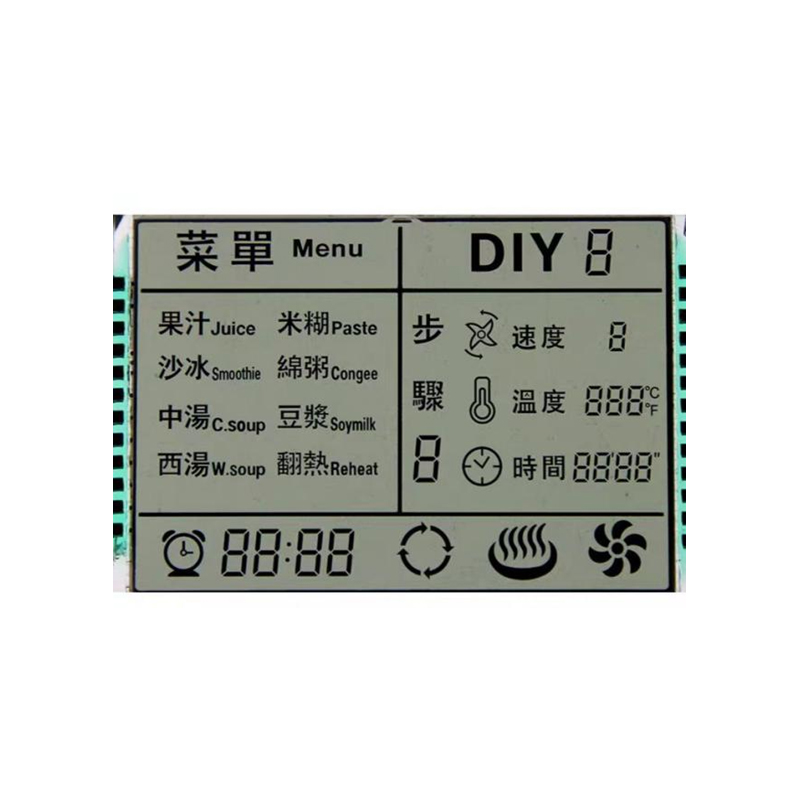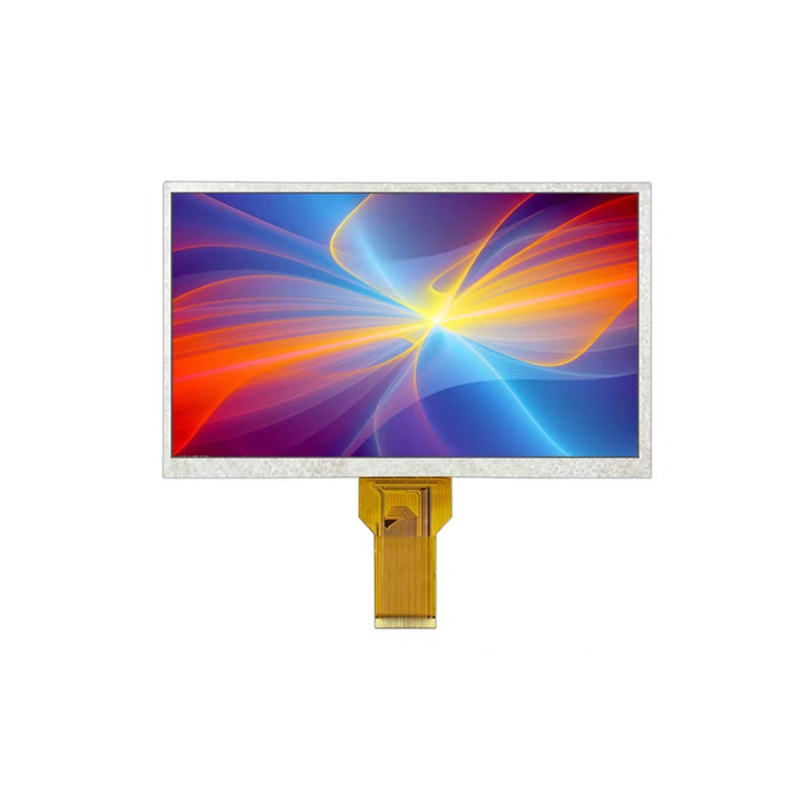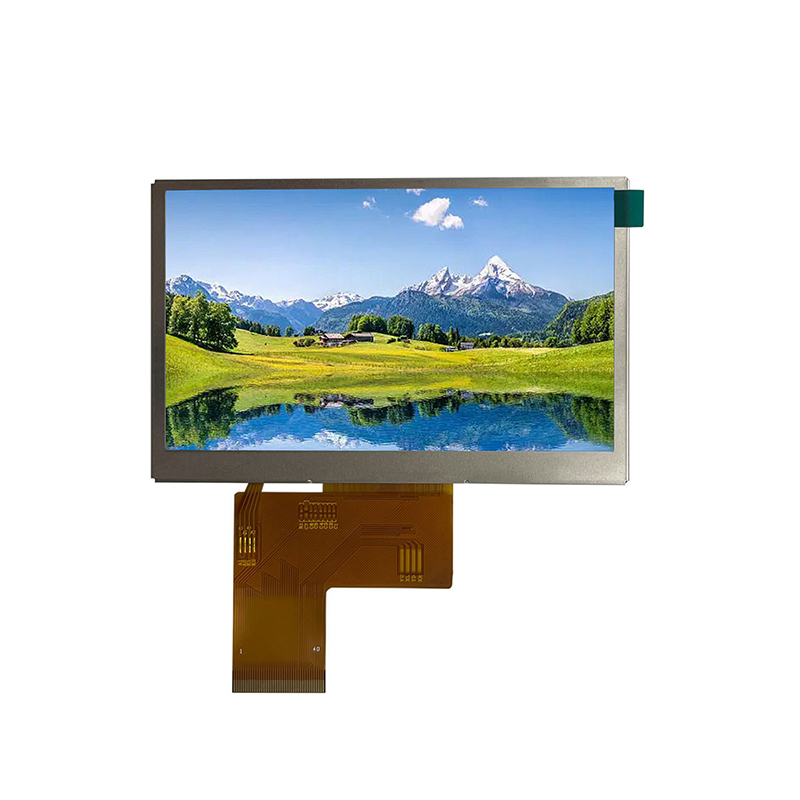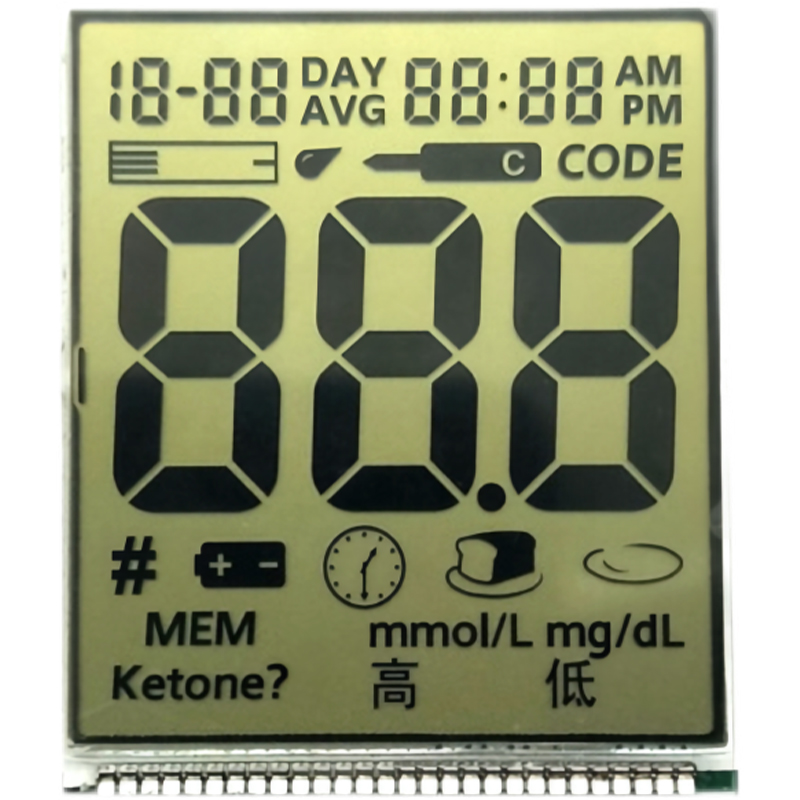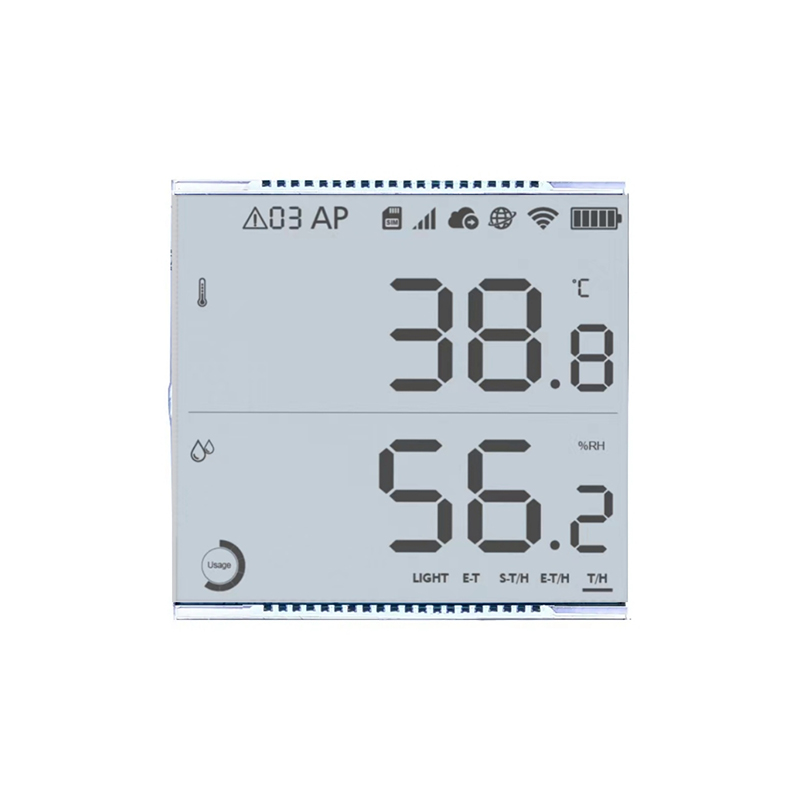
This comprehensive guide explores the world of 1.44 TFT displays, covering key specifications, applications, and factors to consider when selecting the perfect display for your project. We'll delve into resolution, color depth, viewing angle, and other crucial aspects to help you make an informed decision. Learn about the different types of 1.44 TFT displays available and find the ideal fit for your specific needs.
The resolution of a 1.44 TFT display, typically expressed as pixels (e.g., 128x128, 160x128), significantly impacts image clarity and sharpness. Higher resolution results in crisper images and more detail. Pixel density (pixels per inch or PPI) determines the level of detail visible on the screen. A higher PPI generally translates to a sharper image. For 1.44 TFT displays, common resolutions range from 128x128 to 240x240. The choice depends on your application's requirements for detail and visual quality.
Color depth refers to the number of bits used to represent each pixel's color. Higher color depth (e.g., 16-bit, 18-bit, 24-bit) allows for a wider range of colors and smoother color gradients. The color gamut, or color space, represents the range of colors the display can reproduce. Common color spaces include RGB and sRGB. The choice of color depth and gamut is crucial for applications requiring accurate color reproduction, such as industrial monitoring or medical imaging.
The viewing angle determines how wide the range of angles from which the display can be clearly viewed. A wider viewing angle allows for greater flexibility in placement and viewing positions. Brightness (measured in cd/m2) affects visibility in different ambient lighting conditions. Displays with higher brightness are better suited for outdoor or brightly lit environments. You'll want to consider these aspects for optimal visibility in your project.
The interface determines how the 1.44 TFT display connects to the control circuitry. Common interfaces include SPI, I2C, and parallel interfaces. Power consumption is a vital factor, especially in battery-powered applications. A lower power consumption extends battery life and reduces overall energy usage. Check the specifications to ensure compatibility with your system and power requirements.
Selecting the perfect 1.44 TFT display depends heavily on your specific application. Consider these factors:
The market offers a wide range of 1.44 TFT displays with varying specifications. To help you compare, here's a sample comparison table (Note: specifications may vary depending on the manufacturer and specific model):
| Manufacturer | Model | Resolution | Color Depth | Viewing Angle | Brightness (cd/m2) |
|---|---|---|---|---|---|
| Manufacturer A | Model X | 128x128 | 16-bit | 80° | 250 |
| Manufacturer B | Model Y | 160x128 | 18-bit | 100° | 300 |
| Manufacturer C | Model Z | 240x240 | 24-bit | 120° | 400 |
Remember to always consult the manufacturer's datasheet for the most accurate and up-to-date specifications.
For high-quality 1.44 TFT displays and other display solutions, consider exploring the offerings from Dalian Eastern Display Co., Ltd.. They provide a wide range of options to meet diverse application needs.
This information is for general guidance only. Always refer to the official documentation of specific 1.44 TFT display models for detailed specifications and application notes.




